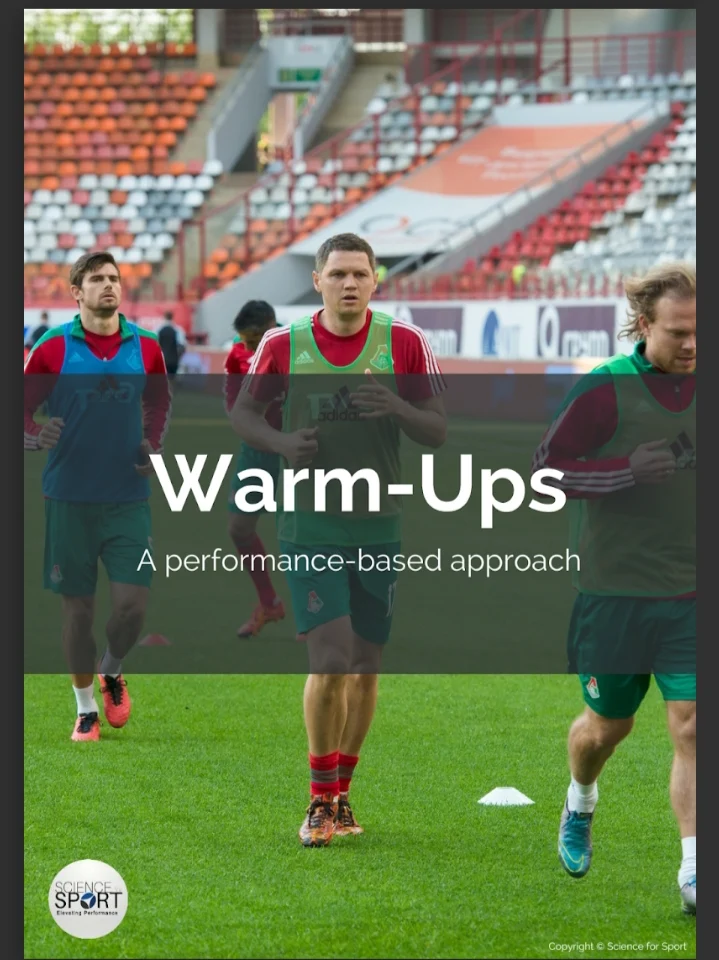"Warm-up Session Plans, Crypto and Bitcoin" is a comprehensive guide that delves into the intricate world of cryptocurrencies and the blockchain technology that underpins them. Authored by a team of experts in the field, the book offers a detailed overview of the history, technology, and potential applications of cryptocurrencies, with a specific focus on Bitcoin.
The book begins by providing a thorough introduction to blockchain technology, explaining how it works and its potential to revolutionize industries beyond finance. It then delves into the history of Bitcoin, the first and most well-known cryptocurrency, discussing its origins, growth, and impact on the global economy. The authors also explore the various ways in which cryptocurrencies can be used, from investment and trading to remittances and cross-border payments.
One of the standout features of "Warm-up Session Plans, Crypto and Bitcoin" is its practical approach to understanding and using cryptocurrencies. The book includes detailed step-by-step guides on how to set up a cryptocurrency wallet, buy and sell Bitcoin, and securely store your digital assets. It also offers practical advice on how to navigate the volatile cryptocurrency market and make informed investment decisions.
Overall, "Warm-up Session Plans, Crypto and Bitcoin" is a must-read for anyone interested in learning more about cryptocurrencies and blockchain technology. Whether you're a seasoned investor or a curious newcomer, this book will provide invaluable insights and guidance to help you navigate the complex world of digital currencies.

